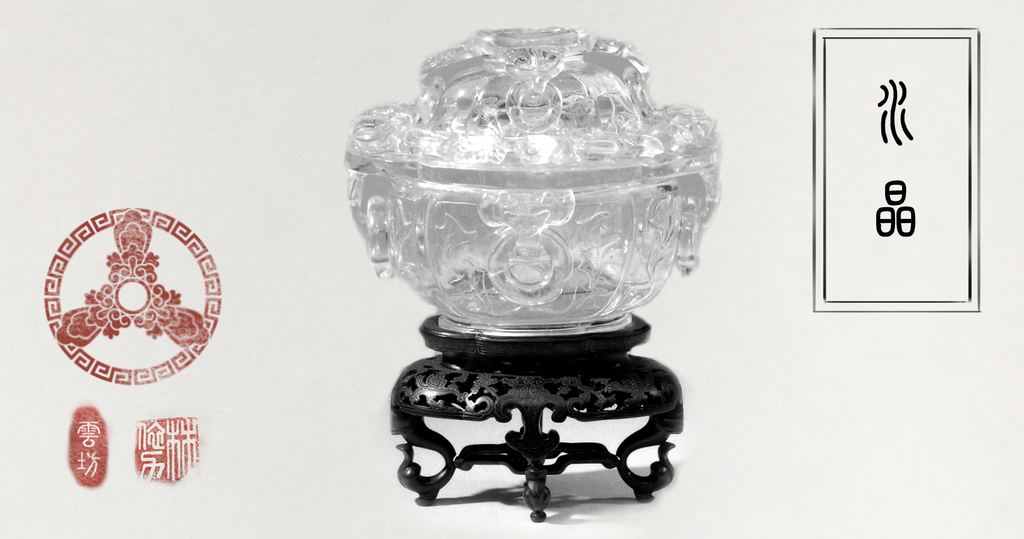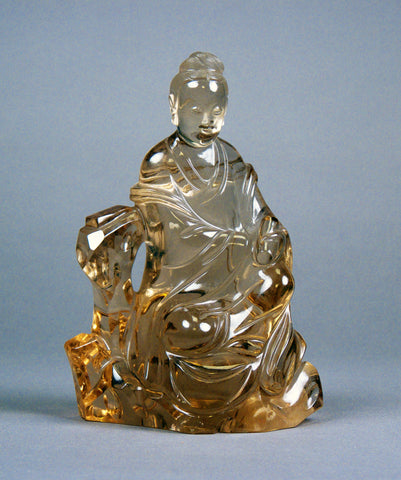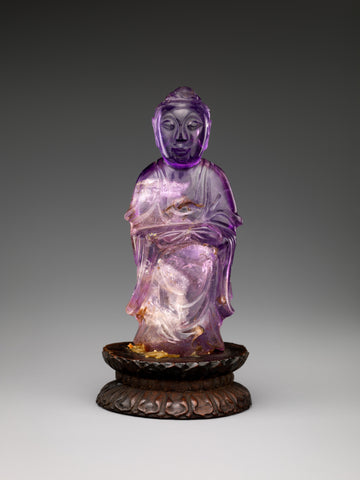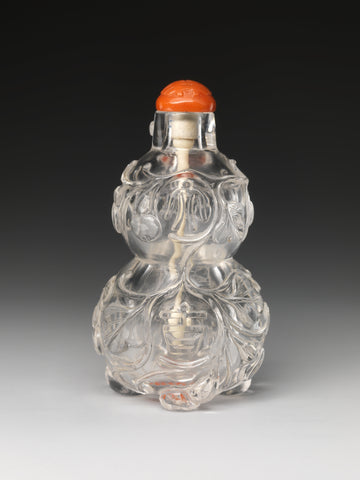8% off orders over $100, 15% off orders over $150, 20% off orders over $300.
Menu
-
- Specials
-
Types
-
Symbols
- Auspicious Cloud | Heaven
- Lotus | Purity & Elevation
- Phoenix | Rebirth and Fidelity
- The Nine | Eternity and Completeness
- Bamboo | Strength and Resilience
- Ruyi | Wish Fulfillment
- Moon | Mystery & Elegance
- Herbal Locket | Hidden Protection
- Tassel | Elegant Charm
- Butterfly and Flower | Love
- Plum Blossom | Endurance and Resilience
- Chinese Knot | Harmony, Tradition, Legacy
- Pumpkin | Prosperity & Abundance
- Pipa | Celestial Music
- Hulu Gourd | Protection and Prosperity
- Fish | Prosperity
-
Collections
- Atlantis
- Revive Your Inner Kingdom
- Auspicious Origin
- Auspicious Flower
- Udumbara Flower
- Return to Origin
- Celestial Cloud
- Elf Forest
- Gold Lotus
- Serene Lotus
- Pearl Elegance
- Radiance
- Metropolis Hermit
- The Nine
- Moon Goddess
- Tassel Elegance
- Chic Velvet Choker
- The Cloud
- Lotus Leaf
- Realm of Peace
- Four Season
-
Craftsmanship
-
Gemstones
- Pearl | Purity and Wisdom
- Jade | Stone of Heaven
- Turquoise | Protection and Healing
- Tridacna | Realm of Peace
- Lapis | Truth and Enlightenment
- Rose Quartz|Love, Healing, Compassion
- Amethyst | Clarity and Tranquility
- Amber | Vitality and Protection
- Carnelian | Courage and Vitality
- Coral | Protection and Prosperity
- Tourmaline | Energy and Balance
- Crystal | Healing and Clarity
-
Birthstone
-
Style
-
Price
-
- Jewelry Set
- Necklaces
- Earrings
- Bracelets
- Hair Jewelry
- Glasses Chains
- Rings
- Anklets
- Ornaments
- Login
-
English

8% off orders over $100, 15% off orders over $150, 20% off orders over $300.
Crystal in Ancient China: The Brightness of Three Suns
February 23, 2016 3 min read

For you and me living in the age of plastic, the fact of transparent glasses and bottles would too insignificant to mention, but to the ancient eye, a clear and colorless material would have been mesmerizing and luxurious.
The Chinese held rock crystal in high regard, even calling it “the elite among stones” although this colorless gemstone is the most abundant of the quartzes, itself one of the commonest gemstones on earth.

Crystal evokes the ether—the empty space through which inspiration, cosmic truth, and clairvoyant vision can emerge. For this reason, Chinese associated this stone with concentration and perseverance.
Throughout Chinese history, colorless quartz was known by a variety of fanciful names, including “water jade.” It was once believed that this stone formed from water that remained frozen for thousands of years—though even if it wasn’t, it certainly was as clear as water and as hard as jade.
But today it is simply called “shui jing,” meaning “water crystal.” The written character for crystal comprises the character for the sun, repeated three times—an obvious allusion to its shine.

However, not all crystals are clear. According to the oldest ancient Chinese document about antique identification, “southern crystals are white, northern crystals are dark, and Xinzhou (modern-day Chongqing) crystals are turbid.” These probably refer to milky quartz and varying shades of smoky quartz, respectively. Regardless, multiple varieties (including amethyst, smoky quartz, as well as the favored clear variety) were found in early tombs.

Pretty, Witty Crystal
By dint of sheer coincidence or not, crystals were involved in a couple of amusing incidents in Chinese history.According to 3rd century philosopher Han Feizi, the King of Qi was depressed and despondent after losing his beloved queen. He couldn’t focus on national affairs, which worried his court officials because, after all, this was the Warring States Period and about eight political powers were itching to decimate each other for total domination of China.
After several months of this, the prime minister Tian Ying thought the king had better move on with his life. So Tian Ying took it upon himself to find a new queen from among the deceased queen’s ten ladies in waiting.
However, there were two problems. Choosing a new queen was a matter of national importance. That, and it would be super awkward for a subordinate to pry the his king’s romantic preferences.
Luckily Tian Ying thought of a solution. He commissioned a jeweler to craft ten pairs of crystal earrings, for the king to bestow upon the ladies in waiting. But here’s the catch: one pair boasted superior craftsmanship, and the court officials would know whom the king favors by how he gifts. As it turned out, the lucky lady made an excellent queen.
Much later in Chinese history, the Qing Emperor Kangxi played a practical joke on two of his officials. Kangxi didn’t drink or smoke, and disliked it when his public servants did. But there were two local officials who were notorious chain smokers. Knowing that their pipes never left their lips, when Kangxi traveled south to their districts, generously gifted each a crystal pipe.
Flattered, they happily accepted and tried the pipes right after the welcome banquet. To their surprise, as soon as the pipe was lit, the flames ricocheted toward their faces, exploding it into tiny shards. The two men were so shocked that they went cold turkey from that day on. And having made an example of them, Kangxi announced that smoking was prohibited throughout the realm.
This article is part of the Divine Land Gemstone Compendium, a weekly series by Yun Boutique exploring the gemstones of ancient China and their significance to Chinese culture. See the full series here. Subscribe to the email newsletter to receive future installments.
Edited and produced by Christine Lin. Researched by Ariel Tian.
Leave a comment
Subscribe
Sign up to get the latest on sales, new releases and more …

